History
One is certain: our environment is louder than before, as our lives grow extremely busy and the boundaries between the digital and real environments blur. For perhaps our most recent ancestors, much of this sensory feedback will be too hard to handle, but how do we do it? Yes, we have
headphones for noise cancellation.
They’re the best way to make things more tolerable for
apartment living, crowded plane seats, and loud conditions (especially when you’re trying to work with your disruptive coworkers from home). So where are they from?
Where Had the Idea?
It all began in Germany in 1933 when a patent application was presented by Paul Lueg, a doctor of philosophy and medicine, regarding the use of phase-advancing signals to eliminate sinusoidal tones in tubes and modify polarity to eliminate sounds around a loudspeaker.
The approach involved the displacement of the transitions with the origins of sound oscillations (e.g, in simplified words, the vibration of air particles parallel to the wave
direction) in such a way that their superposition (e.g the principle of superposition including that the net reaction of two or more stimuli in the response total is induced independently by each stimulus for all linear systems) is mechanical.
Let’s end here with science and start with the patent that was authorized in 1936. Theoretically, it was practical, but there was no suitable
equipment for sensing, processing, and producing sound. This could not be extended by Paul Lueg to a further level.
1950’s

Dr. Lawrence Jerome Fogel (more info on
en.wikipedia.org) started over later in the 1950s and he was one of the founders of the study of evolutionary computation and human factor analysis. Fogel also established and patented active noise cancellation devices in the fields of aerospace (helicopters). This device was intended to reduce the pilot’s noise in the cockpit environment to help promote contact.
Fogel was known as the inventor of active noise cancellation and he developed one of the first headphone devices for noise cancellation. At around the same period, the Air Force Research Laboratory (AFRL) had an instrumentation research program that focused on hearing safety and protection, voice communication, noise analysis, and simulation of community noise.
1970’s
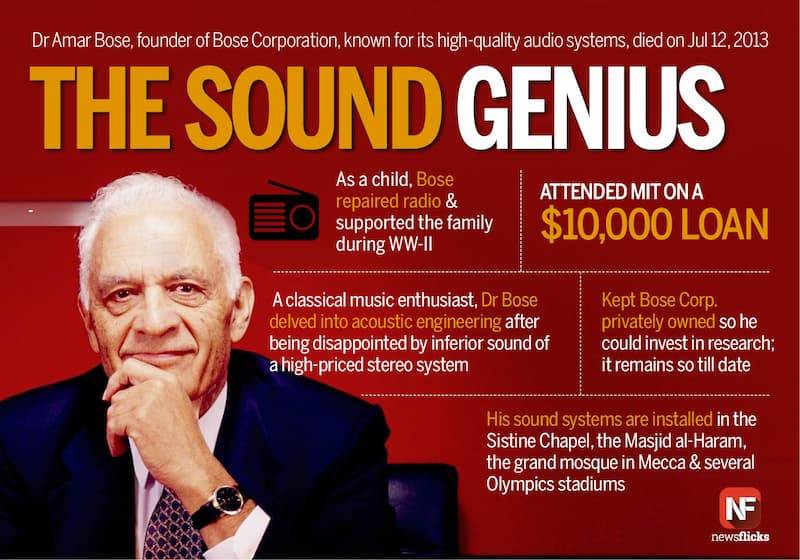
In the tale of
noise-canceling headphones, now falls the most prominent part. A sound engineer and the creator of the Bose Corporation, Dr. Amar Bose, first considered minimizing headphone noise on his flight to Europe in 1978.
Because of the airplane engine sound, listening to music and calming was not a choice for him, so he devoted his time to the notion of creating noise-canceling devices that began right on that plane. The final outcome was that a brand new working version of acoustic noise suspending headphones was developed by BOSE (official website).
And the microphone signal is detected by the noise-canceling hardware (also in the earmuff) and the amplitude and frequency of the soundwave are determined to generate an opposite soundwave. After along with the disruptive interference signal, the two sound signals are mixed together and the anti-sound eliminates the noise without disrupting the usual sound.
1980’s
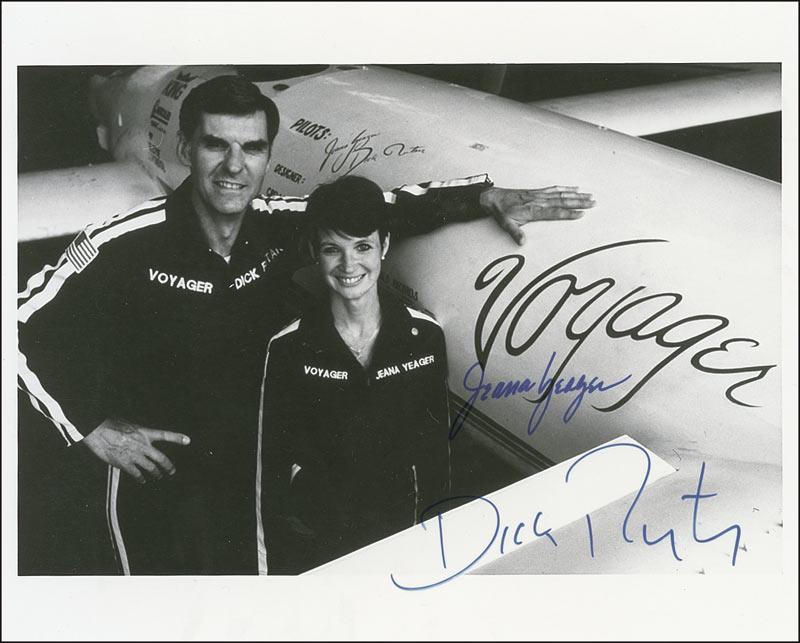
This was the ultimate moment when Dick Rutan and Jeana Yeager accomplished a true test in 1986 with Bose headphones. For 9 days, 3 minutes, and 44 seconds, they operated a two-seater aircraft (recognized as the Rutan Model 76 Voyager) that set a new flight endurance record. Imagine how hard it would be to fly through noise-canceling headphones in the air for so long.
Bose wasn’t the only organization making headphones to focus on noise-canceling headphones, either way. Sennheiser (official website), another major German-based corporation making headphones, focused on aggressive noise control in headphones.
They were intended to help the pilots of Lufthansa, the largest German airline, defend themselves from low-frequency noise. In 1987, they introduced the first authorized active noise canceling pilot headset (FAA-TSO) with the tag LHM 45 NoiseGard.
Types
1. Active Noise Cancellation
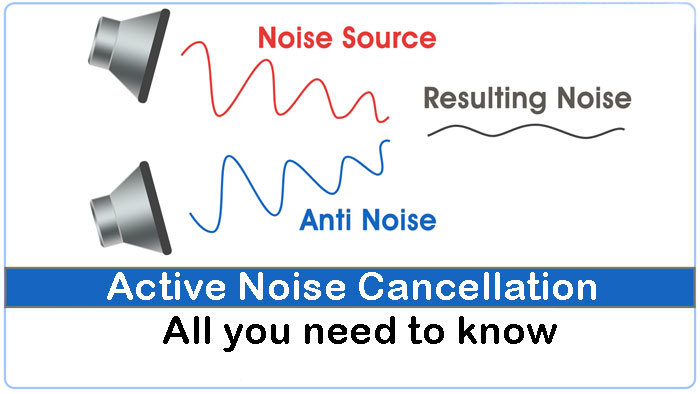
First, active noise cancellation (more info about active noise cancellation
soundguys.com) technology senses (hears) the sound from your direct vicinity, then evaluate the noise to divide it into machine-readable component sections called sound signals. It then generates an equal-magnitude anti-phase sound wave but an opposite type and pumps it back into the headphones to eliminate the ambient noise.
While the central idea of active noise cancellation is the same, it can be applied in three distinct ways: feedforward, feedback, and hybrid.
1.1. Feedforward Active Noise Cancellation
The microphone is mounted outside the ear cup in a Feedforward configuration. Before the person does, the mic detects the noise. Until transmitting the subsequent signal to the headset speaker, the ANC then filters the noise and produces the anti-noise.
1.2. Feedback Active Noise Cancellation
The mic resides inside the headphone connector and in front of the speaker in the input setup, so it gets to hear the subsequent sound in just the same way the listener would. Since it listens to what the human hears, ANC input will respond to deviations faster and, if appropriate, correct the signal.
1.3. Hybrid Active Noise Cancellation
As you can assume, by putting a microphone on the inside and outside of the ear cup, a hybrid solution takes the best of all worlds, mixing feedforward and feedback ANC. At a wider frequency range, the hybrid ANC can eliminate noise, respond to and correct mistakes, and is not as susceptible to how the individual wears the headset.
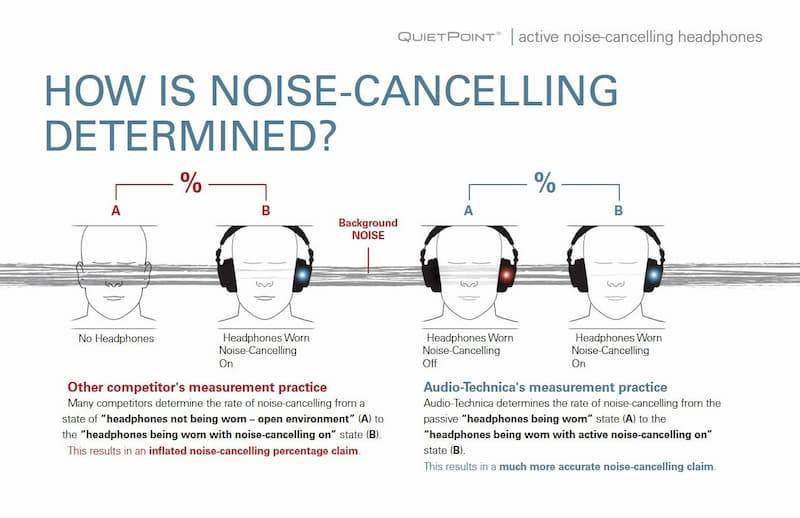
2. Adaptive Noise Cancellation
In the noise cancellation domain, this is a relatively recent concept. It’s very similar to Active Noise Cancellation, but it’s not the same thing at all. In a noisy environment, adaptive noise cancellation often uses negative sound to counteract the positive noise, much like active noise cancellation.
But adaptive uses sophisticated algorithms (computer language) to sense the noise surrounding you, where they vary and generate near-perfect cancellation of noise to better suit your environment.
3. Passive Noise Cancellation
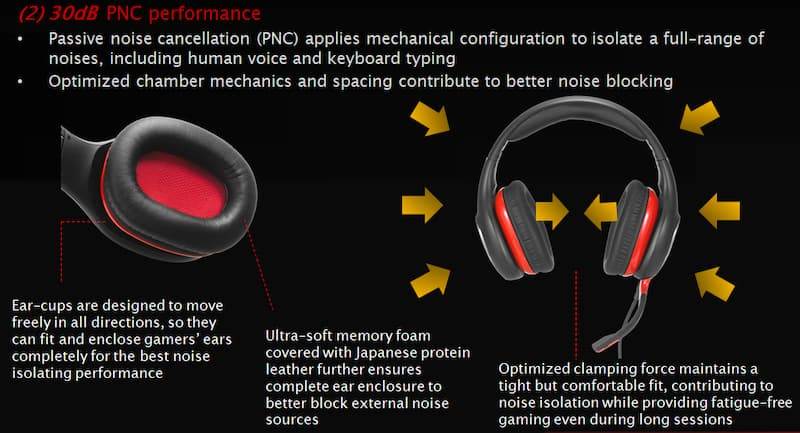
It is often referred to as noise isolation, the easiest way of canceling noise. There must be a physical shield that keeps the noise from penetrating the
ears and from attacking them. A comparable result is attempted by headphones and earphones, but they take it a step further.
Some, intended to operate in the ear, are constructed of foam that can be squeezed in order to give the ear canal a complete seal. Others built to operate over the ear are made up of sonic padding that filters out noise by having a tight seal with your outer ears.
Perspectives
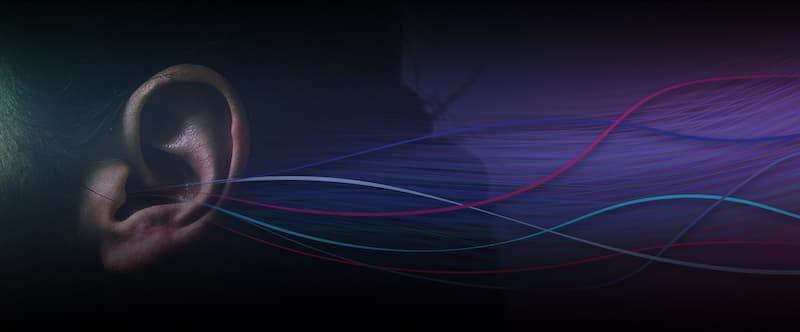
The ability to perceive sounds by sensing oscillations, shifts in the stress of the surrounding medium via time, into an organ such as the ear, hearing, or auditory perception. Auditory research is the empirical discipline concerned with listening. The sound of solid, liquid, or gaseous matter can be heard.
Only the early part of our perception of noises is the mechanical process mentioned so far in many accounts. The mechanisms of sound interpretation are incompletely defined, and it is not yet clear whether all individuals interpret sounds the same way. There is no strong effect of the frequency of sound on the perception of pitch. Pitch recognition (read about pitch recognition on
nidcd.nih.gov) of pure tones at reduced loudness levels has become complicated, and growing loudness appears to shift low and middle register pitches down and high register pitches up at high levels.
How Noise-Canceling Headphones Work? (Video)
FAQ
Is Noise Cancelling unhealthy?
The noise cancellation of headphones is not a risk to your health. The technology for noise cancellation is safe for hearing and there is no need to complain about any probable radiation because no radiation exists. In order to protect your listening from the nearby noisy environment, noise-canceling headphones actually do a great deal.
They help to eliminate the noise and improve your perspective of listening. The volume level on your headsets is all that you need to pay attention to. The higher the volume, the greater the risk that your hearing will be damaged.
Do Noise Cancelling Headphones Block All Sound?
They can not “create” silence with these headphones, nor are they able to remove noise. Crests and troughs do not balance out entirely. With low-frequency blathering sounds, the very best noise-canceling headphones simply minimize noise and perform best. A loud hum, however, is a softer hum. A scream on an airplane is a roar on an airplane that is quieter. They don’t fit well on all sounds, either. The headphones do relatively little at higher frequencies, such as the average vocal range and higher, if anything at all.
Is It Bad to Sleep With Noise Cancelling Headphones?
Providing you’re relaxed, choosing noise-canceling headphones would be probable, not bad, and absolutely healthy since they are a good alternative to earplugs, which can be dangerous if worn at night. What’s more, headphones mean the music can be listened to as well. Although it is one thing to shut out sounds at night, being able to listen to music is another. Some people prefer to listen to music as they sleep, so having noise-canceling headphones has some clear advantages.
Is AirPods Noise Cancelling?
Cancellation and Transparency Mode for AirPods Pro and AirPods Max Active Noise. There are three noise-control settings for AirPods Pro and AirPods Max: Active Noise Cancellation, Transparency Mode, and Off. You should toggle between them, based on how much you want to hear about your environment.
There is no noise-canceling technology for the Apple AirPods 2; you will have to rely on noise insulation from the buds themselves. They include active noise cancellation (extremely effective) that is constantly changed 200 times per second.










